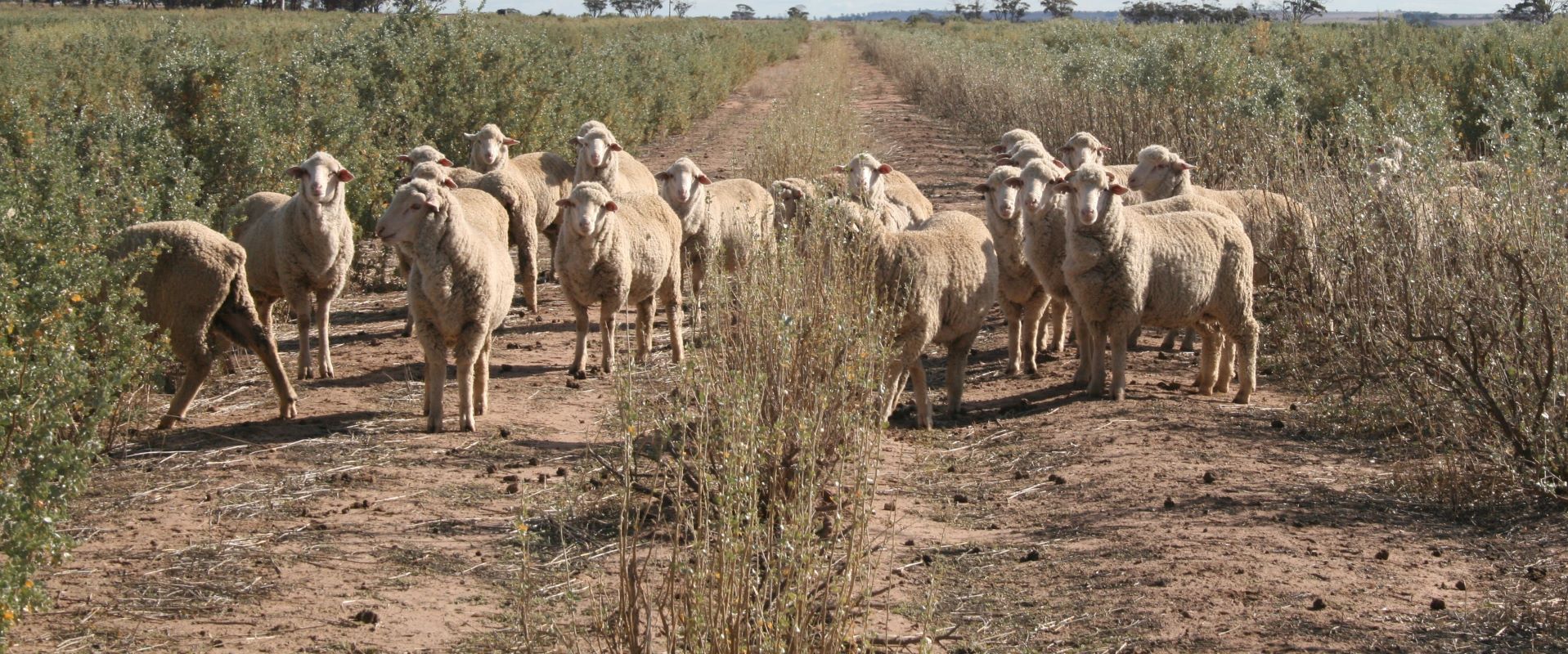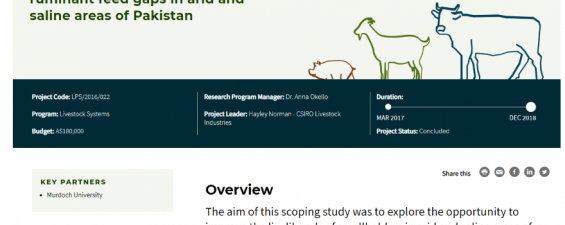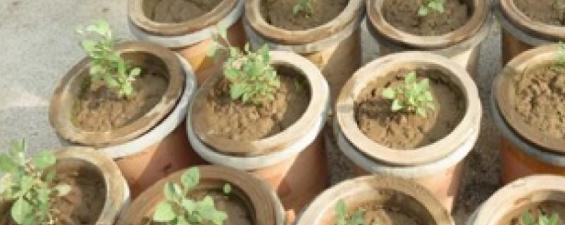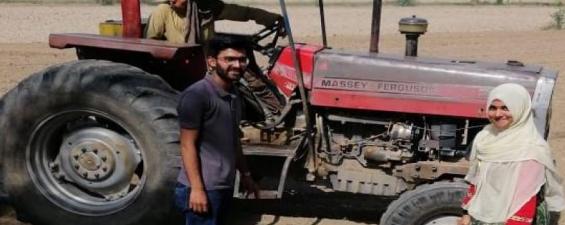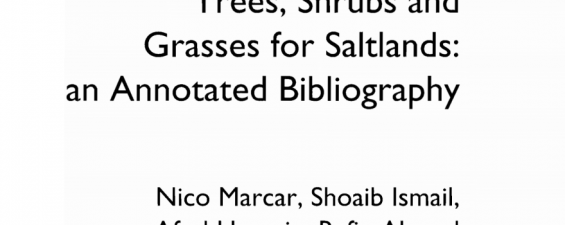 In Pakistan, over 150 million livestock, including cattle, buffalo, sheep and goats require a year-round supply of nutrients. However, there are major seasonal gaps in fodder supply and this can lead to poor growth and nutritional imbalances. Previous livestock research has studied how to enable year-round balanced diets, testing alternative fodder species and addressing seed supply constraints. Another avenue for increasing fodder supply is through woody forage shrubs that can be grown on saline and arid land. Australian saltbush species are playing a crucial role in this strategy.
In Pakistan, over 150 million livestock, including cattle, buffalo, sheep and goats require a year-round supply of nutrients. However, there are major seasonal gaps in fodder supply and this can lead to poor growth and nutritional imbalances. Previous livestock research has studied how to enable year-round balanced diets, testing alternative fodder species and addressing seed supply constraints. Another avenue for increasing fodder supply is through woody forage shrubs that can be grown on saline and arid land. Australian saltbush species are playing a crucial role in this strategy.
Background
Fodder availability and quality is fundamental to livestock production and health. It is therefore intrinsic to current and past research on Cattle & Buffalo and Sheep & Goats. Some fodder-related resources from those projects are linked below.
This research is crucial for both southern Australia and Pakistan. In southwestern Australia, dryland salinity has impacted 10% of farmland and t is estimated that 25% of irrigated land in Pakistan is impacted by salinity. Both countries also have significant areas of land that is used for rainfed cereal production and in these systems feed supply for ruminants is highly variable.
New, more productive and palatable varieties of saltbushes have recently been introduced to Pakistan, following widespread adoption in Australia. Pakistan could also apply lessons from ACIAR research elsewhere. For example, a current ACIAR project in Afghanistan, is assisting women to start saltbush nurseries in villages (which reflects the female citrus nursery initiatives in Pakistan under ASLP).
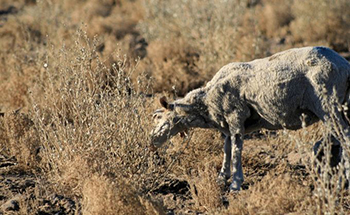 Legacy research
Legacy research
FOG/1986/019 Forage shrub production from saline and/or sodic soils in Pakistan
LWR1/1993/002 Forage shrub production from salt-affected soils in Pakistan
LPS/2016/022 Potential of new Australian oldman saltbush varieties to fill ruminant feed gaps in arid and saline areas of Pakistan
There is a long history of joint research on water and salinity and broader aspects of Natural Resource Management between ACIAR and Pakistan since the 1980’s. This is described in full here.
An important element of this program involved introducing and testing Australian native species with natural salt- and drought-tolerance. These have long provided part of the diet for sheep grazing on Australia’s rangelands and in farmland where salinity is increasing in many regions. This landscape-scale research is long-term by nature and so plant improvement, agronomy and animal nutrition work that has run in parallel by CSIRO, DPIRD and partners More than 2 million AnamekaTM old man saltbushes have planted by farmers across Australia.
The most recent review of this research was published in June 2019 as part of LPS/2016/022. This was in the context of (a) the potential of the Small Ruminants project to incorporate forage research into its program and (b) the availability of the AnamekaTM cultivar of oldman saltbush which has been selected for improved digestibility and palatability.
Previously, international research on plants for saline areas was reviewed at an ACIAR workshop in 1991. This ongoing collaboration resulted in a specialised Guidebook on Saline Agriculture for Irrigated Land in Pakistan. Published in 1998, this succinct, accessible account of saline agricultural practices is still highly relevant today.
